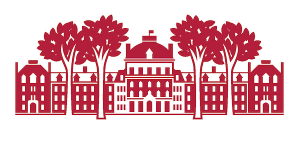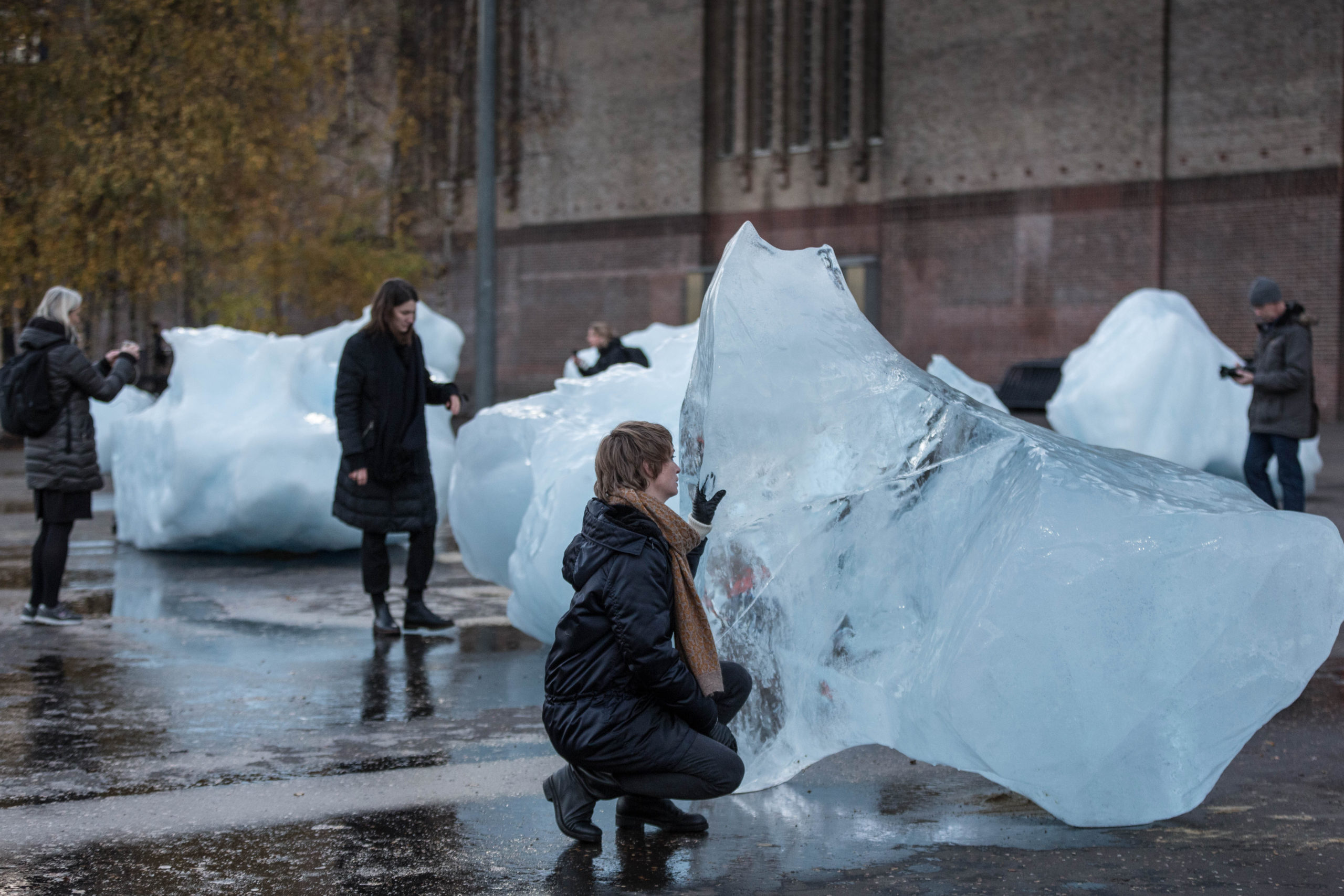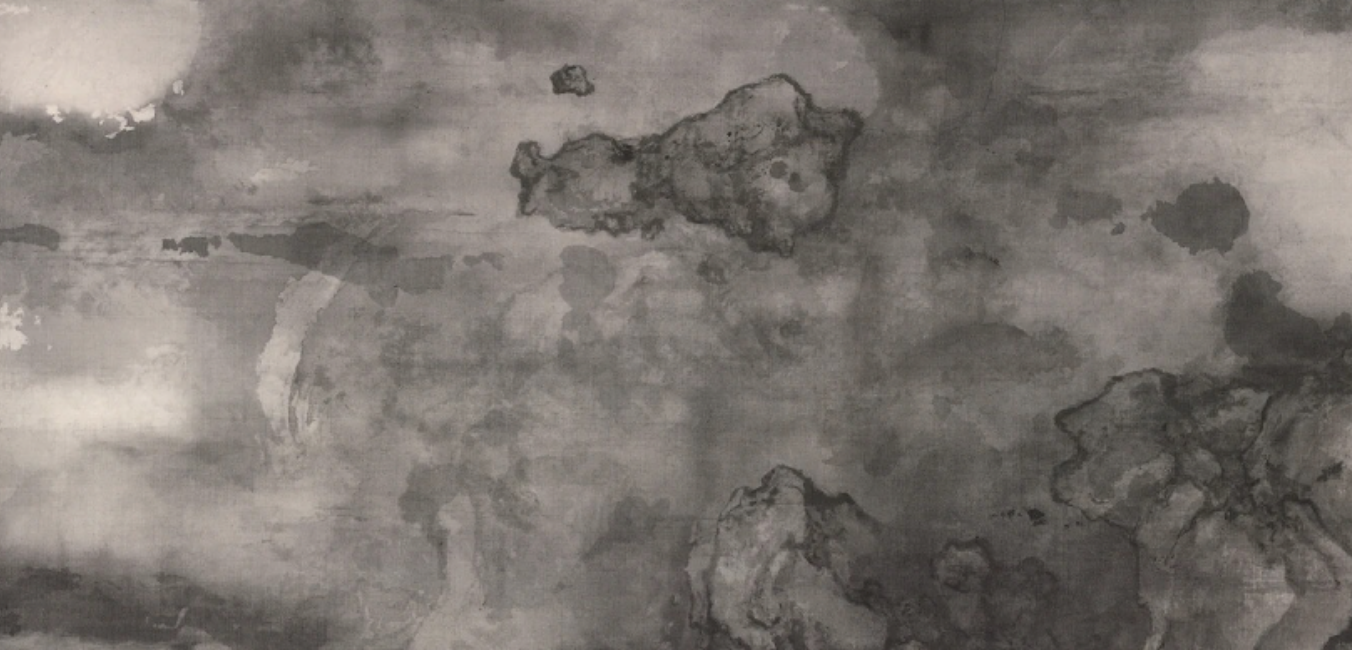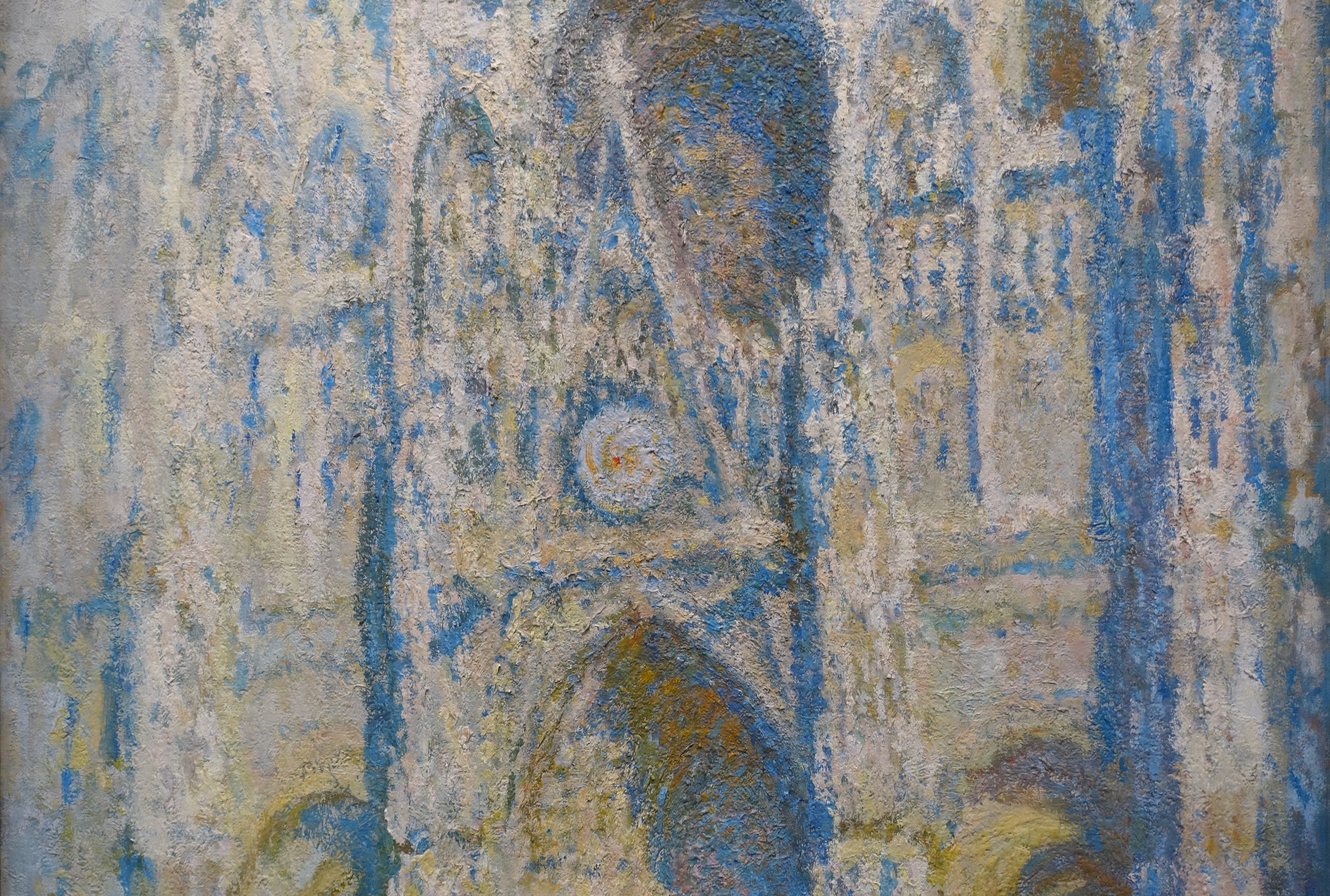
Leonardo da Vinci was a great anatomist, engineer, architect and inventor whose drawings circulated around the courts of Europe. In this discussion-based course we will study the inventions, writings, paintings, drawings and biographies of this important Renaissance artist. We will consider the ways in which the works, biographies, and myths of Leonardo have been analyzed (and created) over the centuries. In doing so, we will develop a critical understanding of the methods and terminology of the discipline of art history itself.
- Teacher: Rebecca Arnheim

This course explores artistic innovation and cultural exchange from the 14th to 17th centuries, focusing on Northern and Southern European Renaissance and Baroque developments while incorporating a global perspective. Students will examine the Italian Renaissance, Northern Renaissance, and Baroque periods, questioning the concept of “rebirth” and studying patronage in humanist courts and ecclesiastical centers. The course emphasizes global influences, including Islamic art and colonialism’s impact on art in the Americas and Asia. Key topics include technical innovations like linear perspective and chiaroscuro, patronage dynamics, religious and secular themes, and the evolution of portraiture and identity. Through lectures and discussions, students will develop a nuanced understanding of Renaissance and Baroque art, recognize significant works and artists, analyze cross-cultural influences, and gain critical thinking skills in interpreting visual culture.
- Teacher: Rebecca Arnheim




